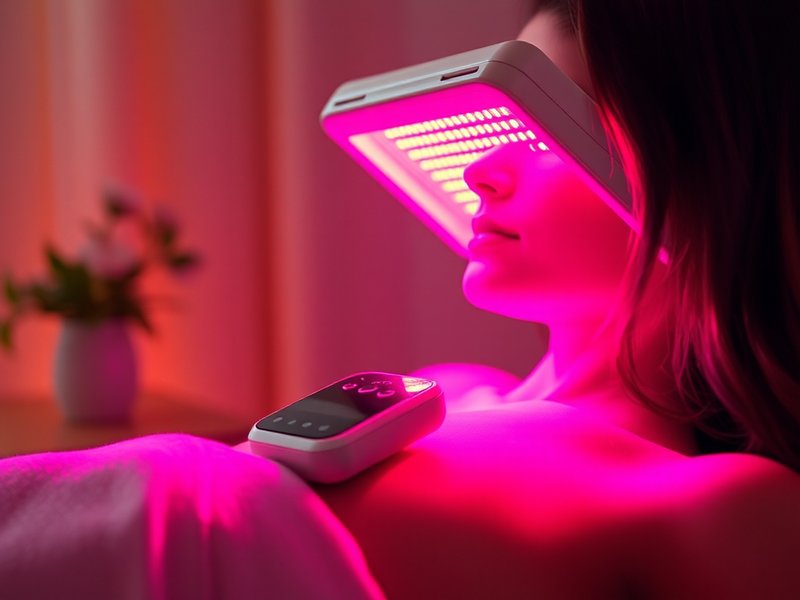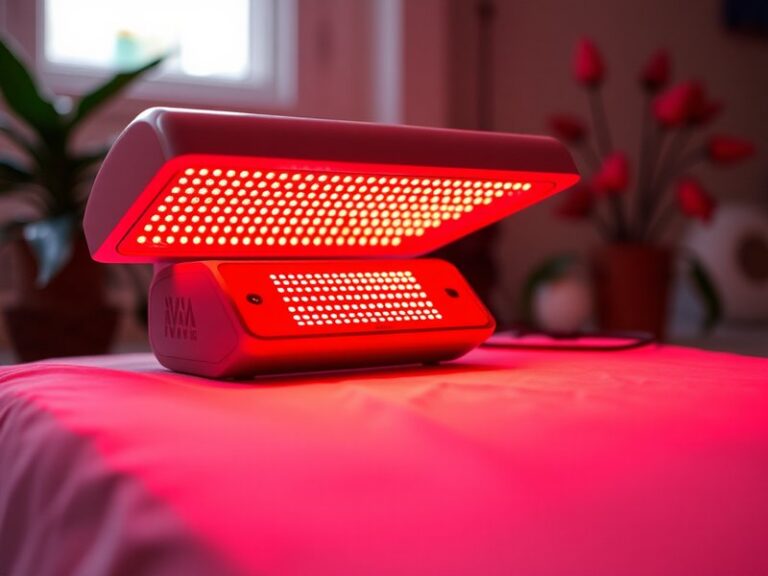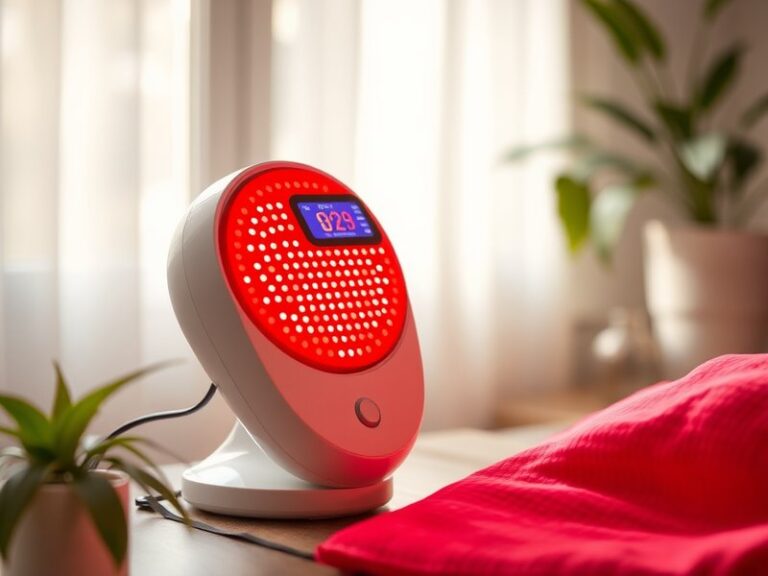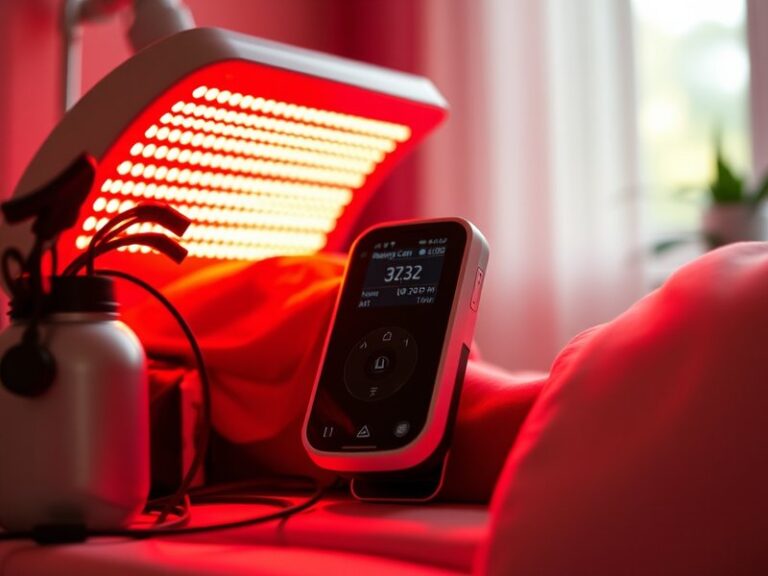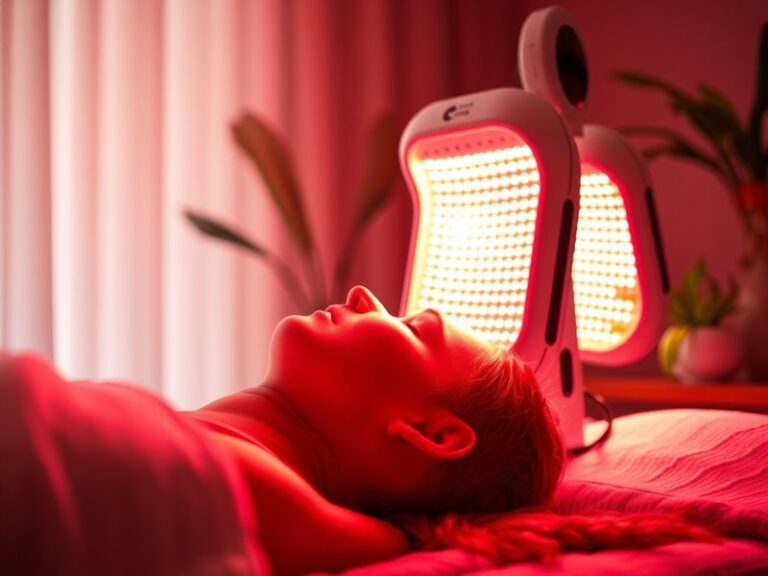Does Red Light Therapy Make You Nauseous?
Does Red Light Therapy Make You Nauseous?
Have you ever wondered whether red light therapy, a treatment touted for numerous health benefits, could cause nausea? Many people are curious about the side effects of this innovative therapy, particularly in relation to their health and wellness goals.
This article explores the potential effects of red light therapy, particularly nausea, while discussing its benefits, considerations, and alternatives. We aim to provide a comprehensive understanding of how red light therapy works and whether it is safe for use.
Key Takeaways
- Red light therapy is generally considered safe, with nausea being a rare occurrence rather than a common side effect.
- Understanding personal tolerance and the therapy’s parameters can help mitigate any adverse reactions.
- Alternatives exist for those concerned about potential nausea or intolerance to red light therapy.
What is Red Light Therapy?
Red light therapy (RLT) is a treatment that uses specific wavelengths of red light to penetrate the skin and stimulate cellular processes. This non-invasive therapy is often employed for rejuvenating the skin, healing tissues, and reducing inflammation.
The mechanism behind red light therapy lies in the absorption of photons by the mitochondria in cells, which can enhance energy production and promote healing. Conditions often treated with RLT include acne, psoriasis, and chronic pain.
How Does it Work?
RLT is typically administered through LED devices that emit light in the red and near-infrared spectrum. While many users report positive outcomes, individual responses can vary significantly, leading to questions about its safety and possible side effects, including nausea.
What are the Benefits of Red Light Therapy?
Exploring the advantages of red light therapy reveals why it’s gained popularity in both clinical and at-home settings.
Enhanced Skin Health
RLT promotes collagen production, which can help reduce wrinkles, improve skin texture, and address issues like acne scars. Studies have shown that regular treatments can result in noticeable skin improvements over time.
Pain Relief and Inflammation Reduction
Many individuals use red light therapy for its analgesic properties. RLT can help manage chronic pain conditions, including arthritis and muscle soreness, by reducing inflammation and promoting blood circulation.
Improved Recovery Time
Athletes and individuals recovering from injuries often utilize red light therapy to accelerate healing. Scientific research indicates that it can significantly reduce recovery time by enhancing cellular repair processes.
Mood Enhancement
Emerging research suggests that RLT may positively influence mood and mental health. By potentially influencing serotonin levels, red light therapy could help alleviate symptoms of anxiety and depression.
Is it Possible to Experience Nausea from Red Light Therapy?
While the majority of individuals tolerate red light therapy well, some may experience discomfort, including nausea. This reaction is not common, but understanding its potential causes is essential.
Excessive exposure to light, particularly close to the eyes, might lead to feelings of nausea. It is also possible that underlying sensitivities to light or personal health conditions could contribute to adverse reactions.
What are the Advantages of Monitoring Therapy Sessions?
Carefully monitoring the duration and intensity of sessions can help avoid nausea.
What are the Disadvantages of Ignoring Symptoms?
Ignoring any discomfort during sessions can lead to prolonged adverse effects, stressing the importance of listening to your body.
What are the Things to Consider Before Starting Red Light Therapy?
Before beginning red light therapy, there are several key factors individuals should consider.
Consultation with a Healthcare Professional
Seeking guidance from a healthcare provider can determine individual compatibility with RLT, especially for those with pre-existing health conditions.
Understanding Device Specifications
Different devices emit varying wavelengths and intensities. Understanding the specific device being used can help ensure optimal effectiveness and safety.
Discover the complete story Can I Use Red Light Therapy Post-Microneedling?
Personal Sensitivity to Light
Individuals should consider their personal sensitivity to light. Starting with shorter sessions can gauge tolerance before gradually increasing duration.
What are the Alternatives to Red Light Therapy?
For those hesitant about red light therapy or experiencing adverse reactions, several alternatives may offer similar benefits.
Discover the full story Types of Lights in Red Light Therapy
Infrared Saunas
Infrared saunas provide a soothing heat that can help improve circulation, relieve muscle tension, and promote detoxification, making them a viable alternative.
Cold Laser Therapy
Also known as low-level laser therapy (LLLT), this method employs specific wavelengths to achieve a similar cellular response as RLT without potential side effects associated with light sensitivity.
Topical Treatments
Skincare products infused with therapeutic ingredients can provide benefits without any potential discomfort, appealing to those wary of light-based therapies.
Conclusion: Is it Recommended to Try Red Light Therapy?
In summary, while red light therapy offers several impressive benefits and is generally safe, it is not entirely free of side effects like nausea for some individuals. Those interested in this therapy should consider personal health circumstances and consult with professionals to ensure it aligns with their wellness objectives.
Frequently Asked Questions
Can red light therapy cause headaches?
While headaches can occur if the eyes are exposed to bright light, they are not a common side effect. Using protective eyewear during treatment can mitigate this risk.
How long should a session last to avoid nausea?
Most experts recommend starting with shorter sessions of around 5-10 minutes before increasing to 15-20 minutes to assess personal tolerance levels.
Are there specific medical conditions that preclude red light therapy?
Persons with conditions such as photosensitivity, certain skin disorders, and those taking medications that increase sensitivity to light should consult with their healthcare provider before commencing treatment.
Can I use red light therapy while pregnant?
There is limited research on the effects of RLT during pregnancy. Consulting with a healthcare provider is advisable before considering any light therapy during pregnancy.
What should I do if I feel nauseous during a session?
If nausea occurs, it is recommended to stop the session immediately, take a break, and consult with a healthcare provider if symptoms persist.
